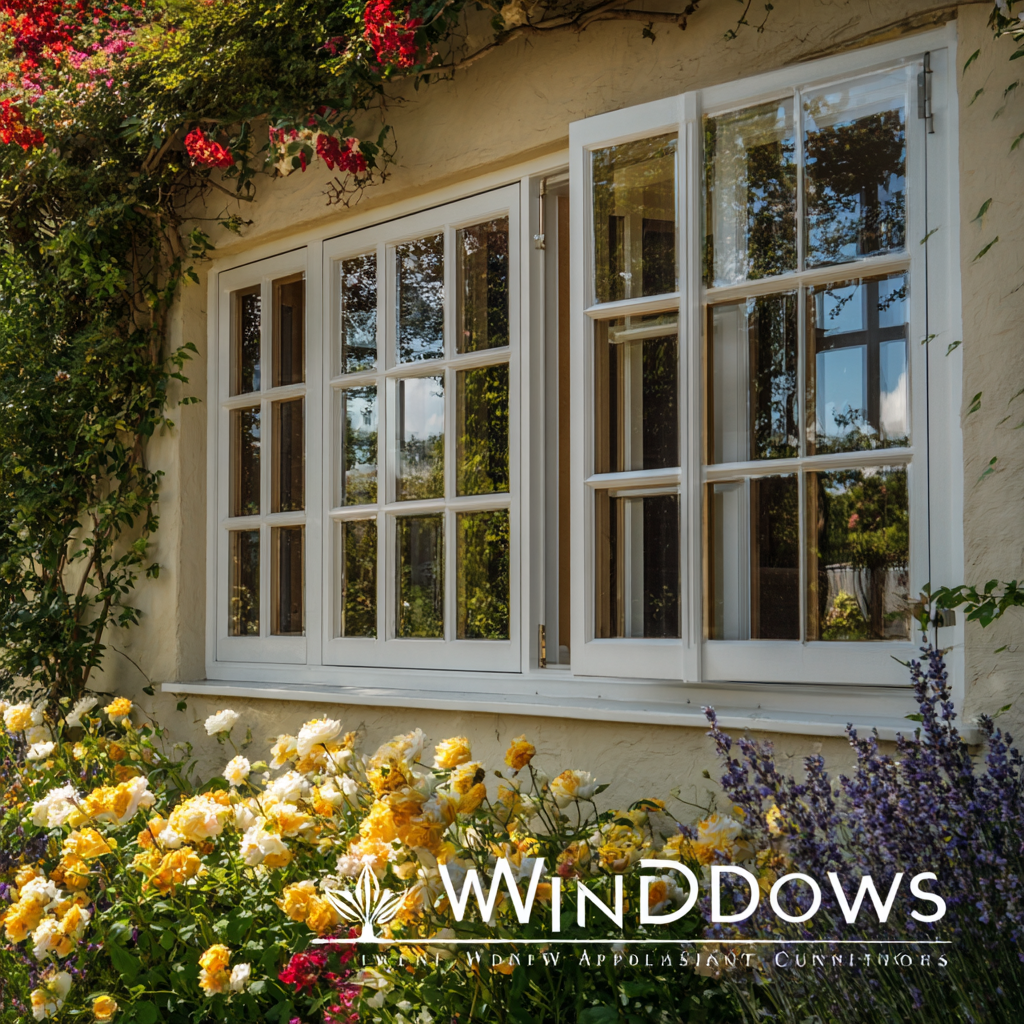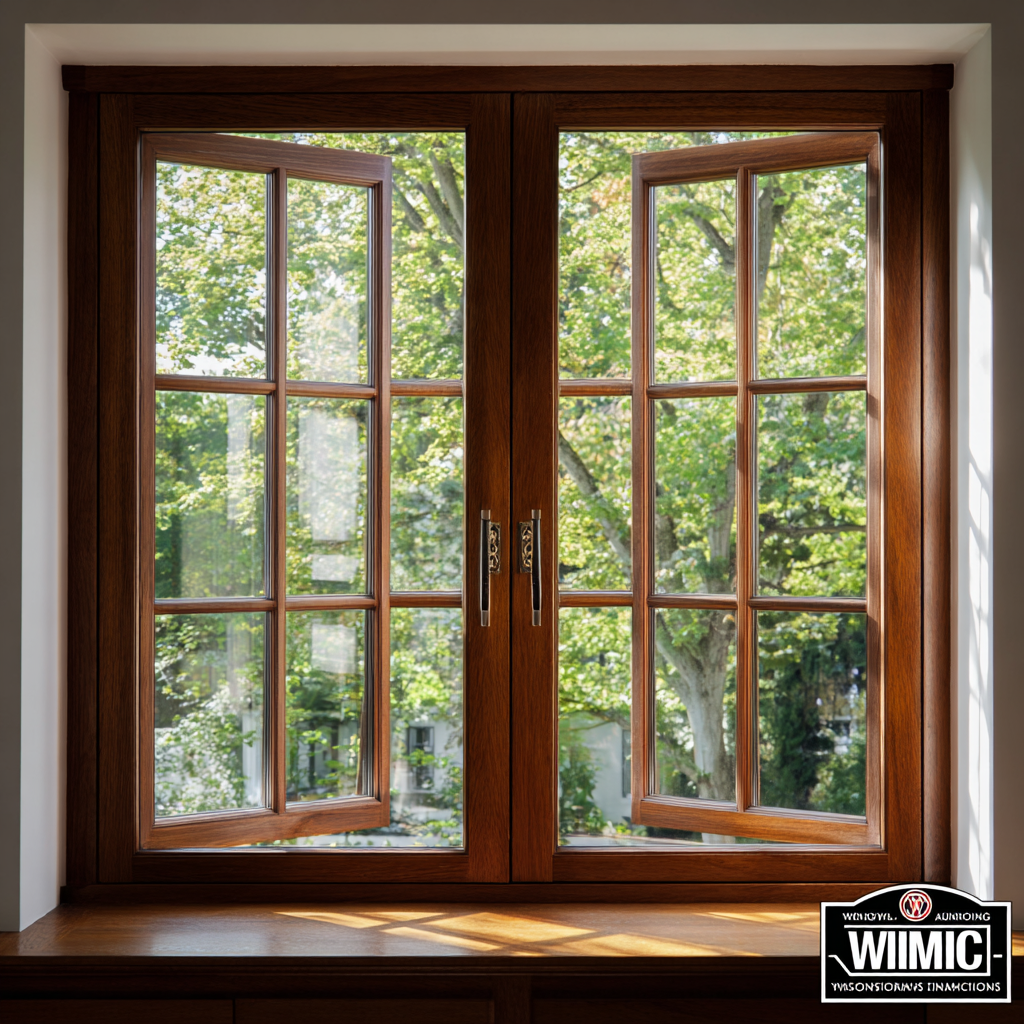Timber Casement Windows have emerged as a preferred choice in numerous industries, combining aesthetic appeal with functional excellence. According to a report by the Global Industry Analysts, the demand for energy-efficient window solutions is expected to reach USD 50 billion by 2025, driven by the growing emphasis on sustainable building practices. Timber Casement Windows not only enhance the thermal efficiency of buildings but also contribute to lower carbon footprints, aligning with global trends towards eco-friendly construction. Their versatility makes them suitable not only for residential applications but also for commercial buildings, schools, and hospitals, where both energy efficiency and design are crucial. This blog explores innovative applications of Timber Casement Windows across various industries, highlighting their transformative impact on building performance and environmental sustainability.

The rise of timber casement windows is transforming sustainable architecture, driven by a growing awareness of environmental issues and the need for resilience against climate challenges. In regions like southeast Queensland, where storms and cyclones have exposed structural vulnerabilities, there is an increasing call for stronger building regulations. Timber, with its natural insulation properties, serves as an ideal material for windows that not only enhance aesthetic appeal but also contribute to energy efficiency and sustainability.

As experts highlight, engineered timber windows offer significant advantages for contemporary constructions, transcending the traditional notion of conservation areas and historic buildings. This innovative approach to design is further supported by movements advocating for mass timber integration in low-rise construction, aiming for energy reduction and carbon neutrality. By utilizing timber in various aspects of building projects, architects and builders are not only creating visually striking homes but also leading the way toward eco-friendly solutions that meet modern demands while addressing acoustical challenges associated with mass timber construction.
The significance of timber casement windows in interior design cannot be overstated, as they seamlessly blend functionality with aesthetic appeal. Research from the National Wood Window and Door Association highlights that timber windows can enhance the overall value of a property by up to 15%, primarily due to their sophisticated appearance and durability. Interior designers are increasingly incorporating timber windows into their projects to create inviting environments that exude warmth and character, making them a preferred choice for both residential and commercial spaces.
Timber windows also offer a remarkable range of customization options, allowing designers to tailor appearances to various architectural styles. According to a report by the American Institute of Architects, nearly 70% of interior designers prioritize materials that promote sustainability, and timber, being a renewable resource, fits perfectly into this criterion. Its natural insulation properties further contribute to energy efficiency in buildings, aligning with modern design philosophies that favor both style and ecological responsibility. By utilizing timber casement windows, designers not only enhance the aesthetic value of a space but also contribute to a more sustainable future.
In the hospitality industry, the elegance and functionality of timber casement windows have been increasingly recognized for their ability to enhance guest experiences while providing excellent energy efficiency. According to a report by the Global Hospitality Market, hotels that implement high-quality architectural features, including timber windows, can see an increase in bookings by as much as 20%. These windows not only offer aesthetic appeal but also contribute to better thermal insulation, reducing heating costs by approximately 30%, which is crucial in improving operational efficiency.
 A case study on luxury resorts in Europe showcases the successful integration of timber casement windows into their design. By utilizing sustainably sourced timber, these resorts not only align with eco-friendly practices but also create inviting atmospheres that resonate with their guests. Furthermore, data from the International Energy Agency highlights that buildings with energy-efficient windows can significantly decrease their carbon footprint, aligning hospitality businesses with global sustainability goals. The balance of style and practicality makes timber casement windows an essential choice for modern hospitality design.
A case study on luxury resorts in Europe showcases the successful integration of timber casement windows into their design. By utilizing sustainably sourced timber, these resorts not only align with eco-friendly practices but also create inviting atmospheres that resonate with their guests. Furthermore, data from the International Energy Agency highlights that buildings with energy-efficient windows can significantly decrease their carbon footprint, aligning hospitality businesses with global sustainability goals. The balance of style and practicality makes timber casement windows an essential choice for modern hospitality design.
The choice of material in construction can significantly influence both the aesthetic appeal and functional performance of a building. Timber windows, particularly casement designs, have surged in popularity as a sustainable alternative to traditional materials like aluminum and PVC. Unlike their synthetic counterparts, timber windows provide excellent thermal insulation, contributing to energy efficiency. Additionally, the natural grain and texture of timber can enhance the overall visual charm of a structure, making it more inviting and authentic.
In a comparative analysis, timber windows stand out for their environmental benefits. Sourced from renewable forests, responsibly harvested timber minimizes ecological impact, unlike traditional materials that often rely on fossil fuels for production. Furthermore, timber is flexible and can be crafted into a variety of styles, making it suitable for both modern and classic architectural designs. While maintenance may be a concern, advancements in wood preservation technologies have significantly reduced the upkeep required, ensuring these windows can remain durable and functional for years. As such, timber windows are not only a stylish choice but also embody a commitment to sustainability in modern construction.
The demand for quality timber solutions has seen a significant rise globally, with Chinese manufacturing standing at the forefront of this trend. By leveraging advanced production techniques and sustainable practices, Chinese manufacturers are establishing themselves as leaders in the timber industry. Their commitment to excellence has paved the way for innovative applications of timber casement windows across various sectors, from residential architecture to commercial enterprises. This collaboration enhances the aesthetic appeal and functionality of buildings, making timber windows a preferred choice for architects and builders alike.
Global partnerships in this field are more than just transactional; they represent a convergence of different cultures and values. By combining traditional craftsmanship with modern technology, these alliances produce timber windows that not only meet high standards of quality but also cater to an evolving market that demands both sustainability and style. As industries worldwide increasingly recognize the potential of timber solutions, fostering relationships with Chinese manufacturers offers unparalleled access to exceptional products that resonate with the growing consumer focus on environmental responsibility and artisanal design.




